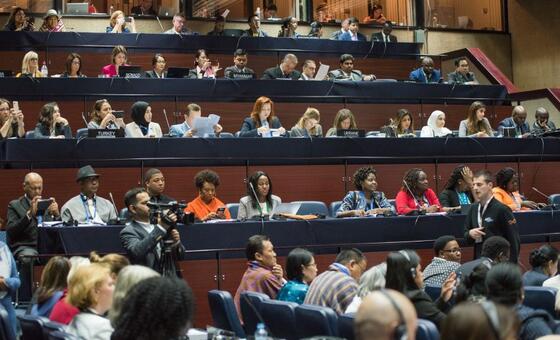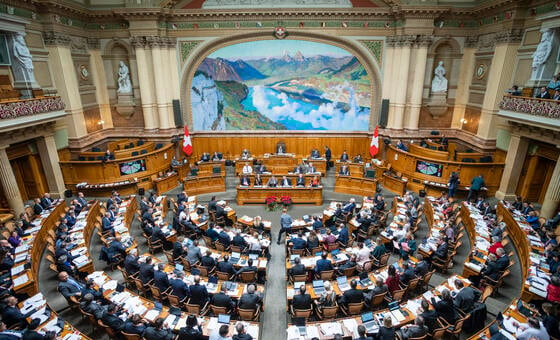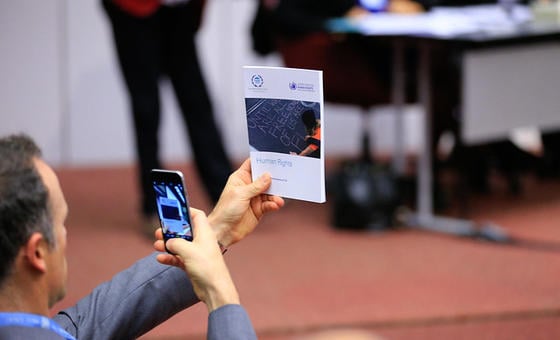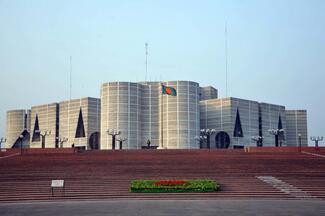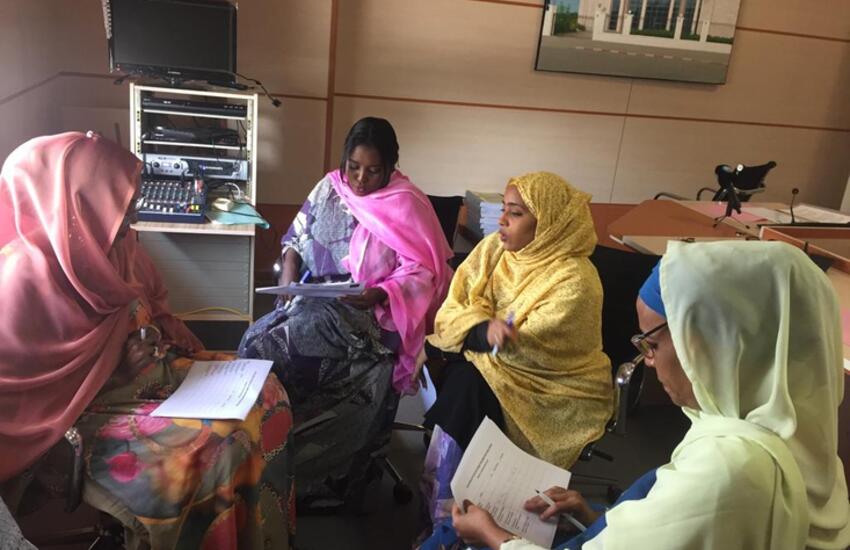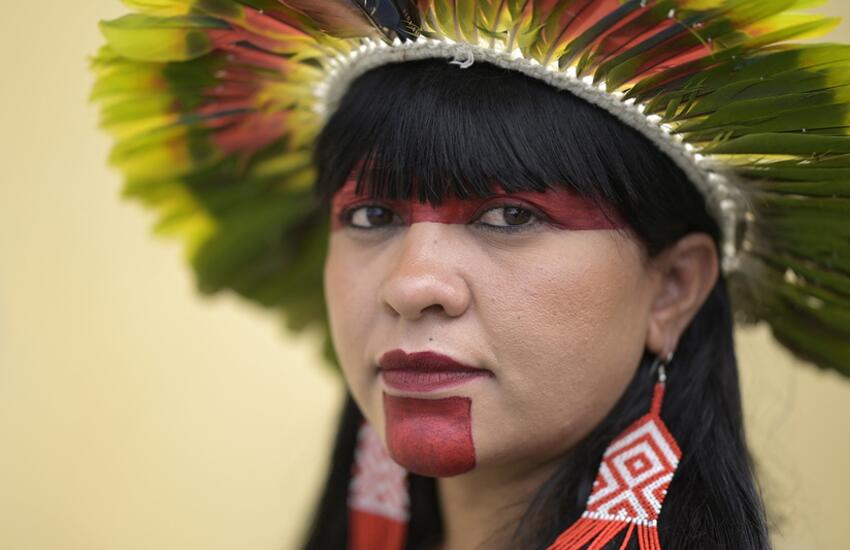Parliament buildings are often statements revealing a country’s vision, traditions and culture. Here are the five types of plenary halls and their political significance.
As former British Prime Minister Winston Churchill commented: “We shape our buildings and afterwards our buildings shape us.”
Architecture has a profound impact on our behaviour. The size and shape of a space, the materials used, and the way the space is organized all impact how people feel, interact and work in a building. At the same time, architecture is built with ideas and politics in mind, which reflect a specific moment in time.
For example, a space that is designed to be open, spacious and accessible may reflect an organization that is committed to collaboration and transparency. Conversely, closed meeting rooms and hierarchical seat layouts help emphasize authority and respect.
This holds true for parliaments. Political scientists have long recognized that the architecture of parliament buildings can reflect the political values, culture and priorities of the country.
The five types of plenary halls
Architects reviewed all of the 193 parliaments of UN member states and their findings revealed a clear pattern. All plenary halls across continents, cultures, languages and histories, could be identified as one of five main typologies: the semicircle, opposing benches, the horseshoe, the classroom and the circle – each one reflecting aspects of the parliamentary system they house.
The semicircle is the most common shape for parliament chambers. It remains partially open, and joins the members of parliament into a single entity, encouraging openness and collaboration.
It is based on Greek and Roman architecture, which lent early nation states a sense of history and gravitas. Very common across Europe, the semicircle can also be seen worldwide, including in Mexico and Thailand.
Opposing benches is a second typology for parliament plenary chambers. Seen as adversarial, parties sit on opposite sides, encouraging debate. London’s Westminster is famous for the enlivened debates that take place on its parliament benches.
This was adopted in several former British colonies, and can be seen in countries including the Bahamas, Canada and Singapore.
A third typology, the horseshoe, is a hybrid of the semicircle and opposing bench designs. Also popular in Commonwealth countries, other parliament halls with this layout include Kazakhstan and Peru.
The classroom, like its name suggests, focuses attention on a speaker or speakers at the front of the room. This tends to be seen in countries with a clear designation of rank, order and hierarchy. This layout can be seen in Brazil, China and the Russian Federation.
Finally, the fifth shape, a circle, was inspired by the Icelandic Althing of the 8th century. Symbolizing a commitment to equality and democracy, it is the least common type of hall. Fewer than 10 parliaments in the world fit into this typology, including Germany and Senegal.
These five shapes are just a starting point, and there are variations within each. However, they provide us with a glimpse into the way that power is structured in different countries.
Architecture for modern parliaments
Nation-builders worldwide have recognized the significant power of architecture in their buildings. Countries in transition have re-imagined their structures and buildings to represent their visions, aims and goals and bolster national identity.
One of the most distinct parliament buildings in the world, the Jatiya Sangsad Bhaban in Bangladesh, became a symbol of identity and culture after the nation’s official separation from Pakistan. Built of local materials and designed to show resilience through its imposing and impressive size, the Jatiya Sangsad Bhaban is a uniquely Bangladeshi piece of architecture.
Looking forward, countries have invested in major redesign projects to connect their buildings to their culture and identity, in both big and small ways.
Zimbabwe’s redesigned parliament borrows from the traditional structures of the nation’s towns and pays homage to the country’s environment and heritage.
In Australia, all aspects of the Parliament House, built in the 1980s, are deeply symbolic. From the outset, it was established that the new building could not be built on a hill – the government needed to be on the same level as the people they served, acting as an invitation to participate in democracy.
Greener parliaments
As the world grapples with global warming and climate change, parliaments, both old and new, are starting to adapt and become greener. Through its campaign ‘Parliaments for the Planet’, the IPU is showcasing parliaments that have taken concrete steps to decarbonize. In the future, no doubt, climate change will influence the shape of parliaments and how its members act in them.

